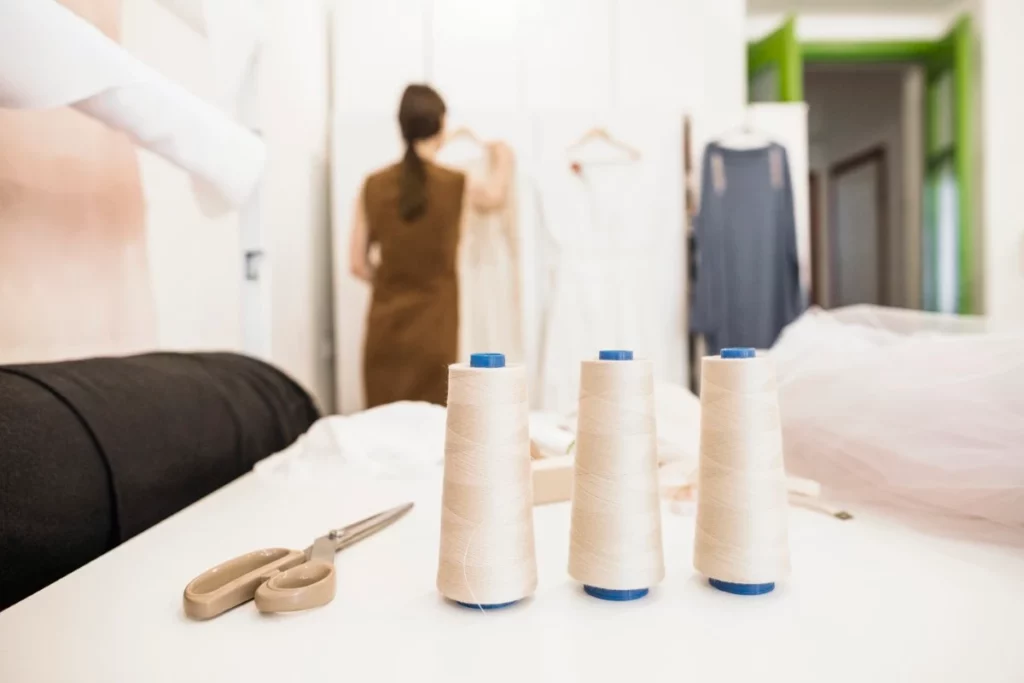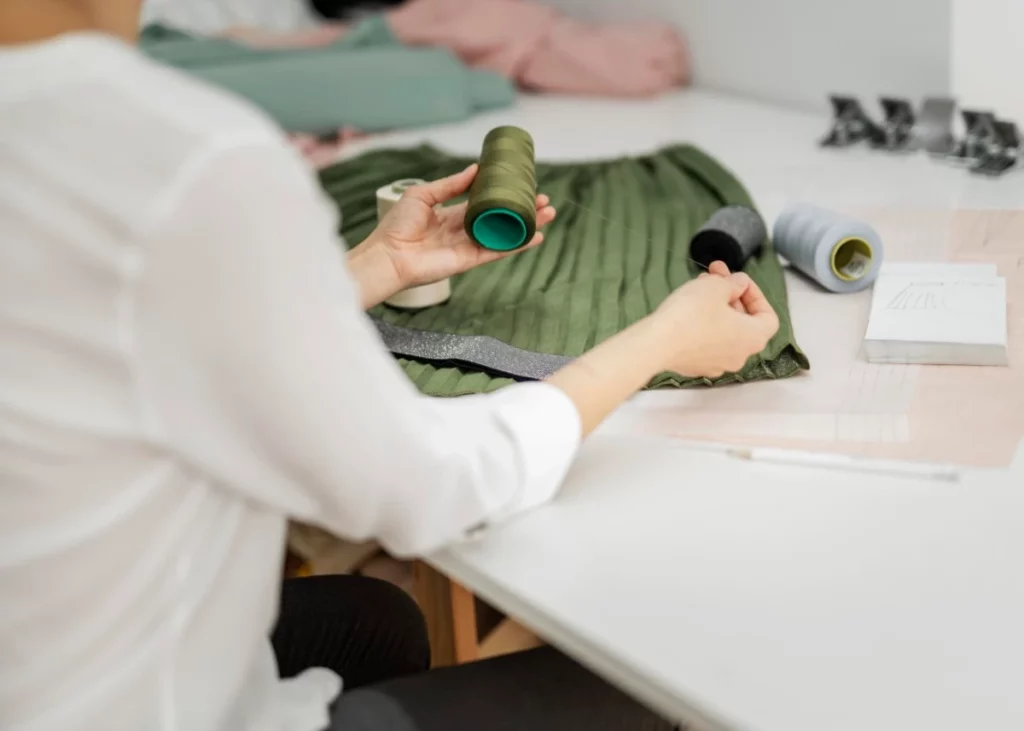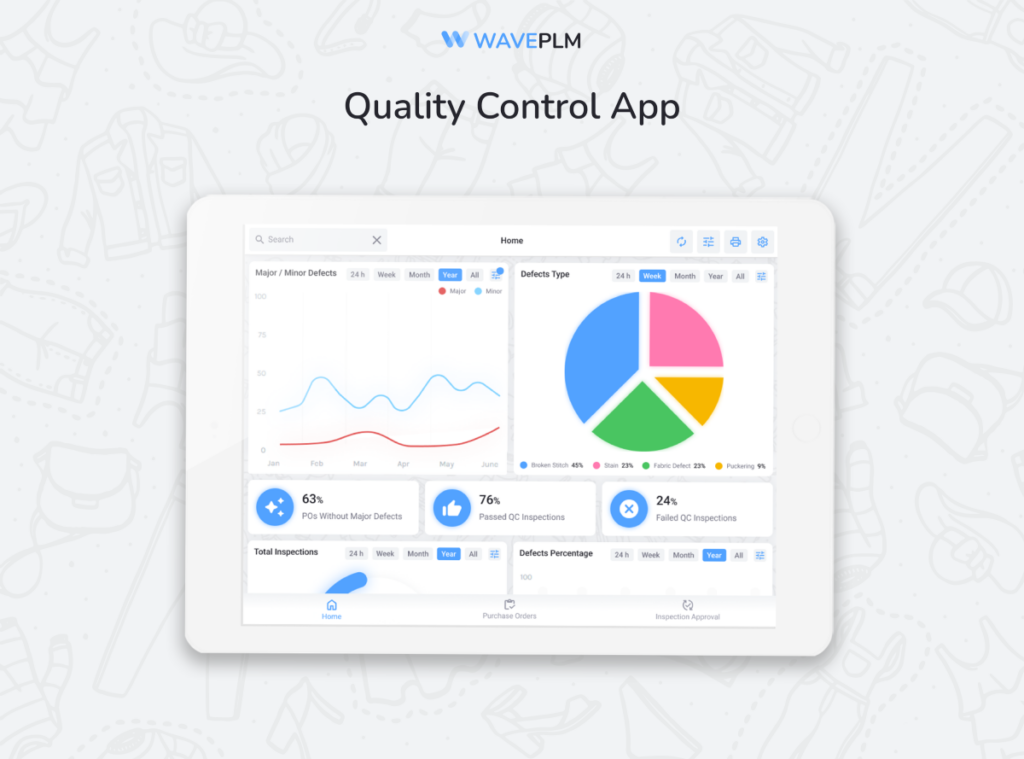
In the ever-evolving fashion industry, the choice of a clothing manufacturer can either propel a brand to success or pose significant challenges to its growth. This critical decision affects everything from product quality to market reputation and profitability. With the global apparel market poised for exponential growth, aligning with the right manufacturing partner is more than a strategic move—it’s a necessity.
As an industry insider the Wave PLM team has navigated the complexities of this process, leveraging cutting-edge technologies and industry best practices to ensure success. This extended guide will provide you with the insights and tools needed to find and maintain a fruitful partnership with the right clothing manufacturer.
Understanding Your Needs
The foundation of a successful sourcing strategy lies in a clear articulation of your business goals. Prioritize aspects such as product quality, production volume, cost-efficiency, and ethical standards. Each factor plays a significant role in guiding your search for the perfect manufacturer. For instance, a commitment to sustainability might lead you towards manufacturers who employ eco-friendly materials and processes, while a focus on high-volume, cost-effective production could steer you towards larger, more industrialized partners.
Technologies such as Product Lifecycle Management (PLM) systems are invaluable in this phase. PLM software enables brands to manage the entire lifecycle of a product efficiently, from inception, through design and manufacture, to service and disposal. By integrating PLM systems early on, businesses can clearly define their needs and communicate these with potential manufacturing partners, ensuring alignment with their objectives. Besides, using a modern PLM system allows you to work with multiple suppliers simultaneously, keeping your research private.

Researching Potential Manufacturers
The digital age has transformed the research process, offering plenty of tools to identify potential manufacturing partners. Online directories and B2B platforms provide comprehensive listings of manufacturers worldwide, complete with reviews, certifications, and detailed service offerings. Utilizing social media and professional networking sites can also uncover personal recommendations and insights into manufacturers’ reliability and performance.
Moreover, technologies like quality control apps have revolutionized the vetting process. These apps allow brands to monitor product quality in real-time, offering insights into a manufacturer’s adherence to standards without the need for constant on-site visits. Such tools are particularly beneficial for conducting preliminary assessments of potential partners.
Vetting Your Top Choices
Once you’ve shortlisted potential manufacturers, a deeper dive into their operations is essential. A visit to the manufacturing facilities is invaluable, providing a firsthand look at their production capabilities, workforce ethics, and quality control measures. Pay close attention to the transparency and responsiveness of the manufacturer, as these traits are indicative of a reliable partner.
At this stage, leveraging technology can significantly enhance your vetting process. Quality control apps enable you to conduct thorough inspections and audits remotely, ensuring that the manufacturer’s practices align with your standards. Similarly, integrating PLM systems can facilitate seamless communication and collaboration, allowing for real-time updates and adjustments to production plans.

Navigating Pricing and Contracts
Effective negotiation is vital for creating a partnership that benefits both sides. Understanding the ins and outs of contract terms, pricing arrangements, and how to protect your intellectual property is essential. This knowledge not only secures your designs but also guards you against unexpected challenges.
Incorporating technological solutions, like the PLM software’s costing module, can significantly streamline this negotiation process. This tool simplifies contract negotiations and management, ensuring both parties are clear and in agreement. Features include the ability to instantly request price quotes from various vendors without them seeing each other’s quotes, along with flexible options for calculating and reporting final costs. It keeps everyone involved in the negotiation well-informed and connected.
Moreover, these platforms offer secure environments to share your sensitive designs and intellectual property, providing an additional layer of security for your business. This approach ensures your creative assets are well-protected while facilitating smoother, more efficient contract negotiations.
Building a Strong Partnership
The relationship with your manufacturer should be viewed as a partnership rather than a transactional arrangement. Regular communication, transparency, and shared goals are the pillars of a strong partnership. Addressing challenges collaboratively and planning for future growth together can ensure a long-lasting and successful relationship.
Communication platforms facilitate regular updates and discussions, while quality control apps and PLM systems provide a shared view of production progress, quality standards, and inventory management. By leveraging these tools, both parties can stay aligned and responsive to the dynamic demands of the fashion industry.

Conclusion
The journey to finding the right clothing manufacturer is intricate and demands a thoughtful approach. By understanding your business needs, thoroughly researching potential partners, leveraging technology for vetting and negotiations, and fostering a strong, communicative partnership, you can navigate the complexities of apparel manufacturing with confidence. Remember, the right partnership not only enhances your product quality and brand reputation but also positions your business for sustainable growth in the competitive fashion landscape.
Embrace these strategies and technologies as a sourcing specialist would, and embark on a path to sourcing success with the right clothing manufacturer by your side. Your diligence and strategic approach will be rewarded with a partnership that elevates your brand and meets the ever-changing demands of the fashion industry.





Leave a Reply